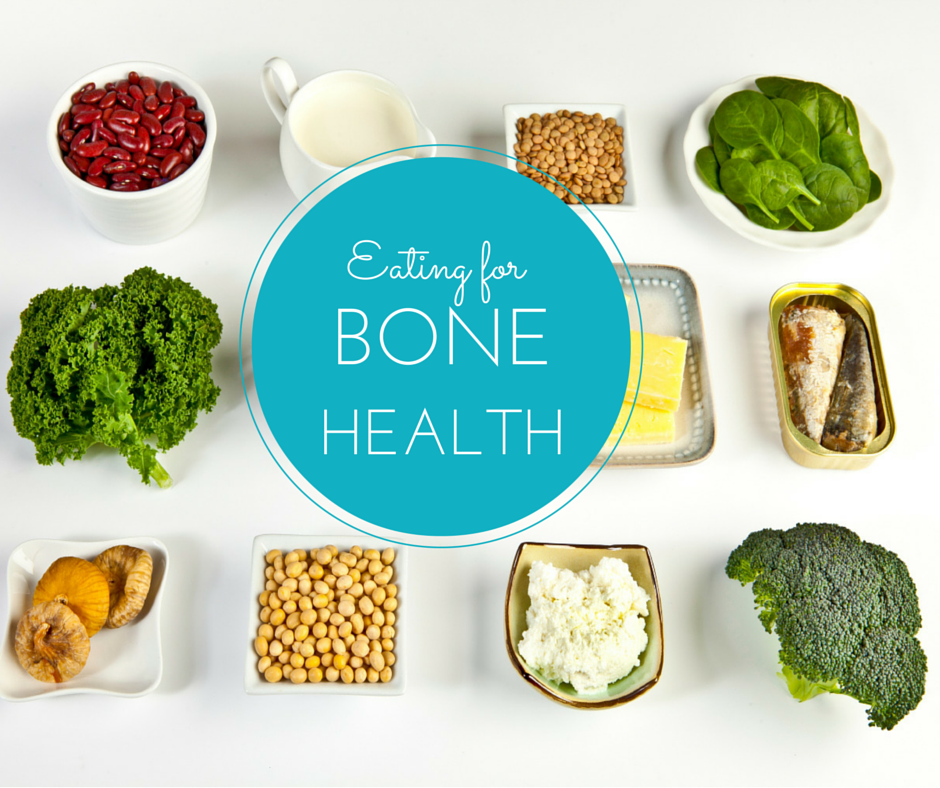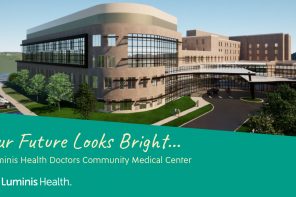Nutrition and bone, muscle and joint health are closely related. A healthy diet can help prevent and manage osteoporosis and related musculoskeletal disorders by assisting in the production and maintenance of bone. If you are not getting the right nutrients you are putting yourself at greater risk for bone, muscle and joint disease.
Osteoporosis is called the silent disease because many people do not know they have it until they suffer a fracture. Ninety percent of adult bone mass is in place by the end of adolescence. Studies show if you are over 50, one out of every two women and up to one in four men will break a bone due to osteoporosis.
The following nutrients, and the foods that contain them, hold particular promise in promoting optimal bone health:
- Calcium is a mineral essential for both building bones and keeping them healthy. Unfortunately the majority of Americans are not getting enough. Ideal food sources include milk, and enriched milk alternatives, such as soy or almond milk, cheese and yogurt. Other sources include bok choy, kale, turnip greens, almonds, white beans, tofu and fortified orange juice. The recommended daily allowance for adults over 50 is 1200 mg per day.
- Vitamin D also is important for bone health, as it promotes calcium absorption. There are a few sources of vitamin D in food, such as fatty fish, cheese, egg yolk, fortified milk, milk products, orange juice and cereals. Vitamin D can also be obtained through sunlight, but with the use of sunscreen this is not adequate. The best advice is to always get as much vitamin D from the diet, but supplementation is often required. The current RDA is 400 IU’s, but if you are deficient the dose can be much higher.
- Other nutrients have been linked with bone health, including vitamins C and K and magnesium. Eating a diet rich in fruits and vegetables may protect bones as these are rich in antioxidants—including watermelon, tomatoes, pink grapefruit, bell peppers and guava.
Eating habits with a moderate intake of protein, fruits, vegetables and whole grains leads to a healthier lifestyle.
High levels of protein, caffeine, sodas and sodium have been linked to calcium loss. Many Americans consume too much protein, which can increase the urinary excretion of calcium. Yet at older ages protein intake is often too low and this can lead to bone loss and fractures. It is important to have a balance. We should aim to have not too much but enough, which can be said for all nutrients.
Maintaining a healthy weight through diet and physical activity are key to prevent bone disease. Physical activity should combine weight-bearing activity, simply to carry the weight of your skeleton, such as walking. Strength training is helps improve the muscles that support your skeleton and exercise improves your balance to help prevent falls.
Taking charge of nutritional health and exercise will help promote healthy bones as you age.

By Ann Caldwell, nutritionist and registered dietitian at Anne Arundel Medical Center. To reach her call 443-481-5555.




